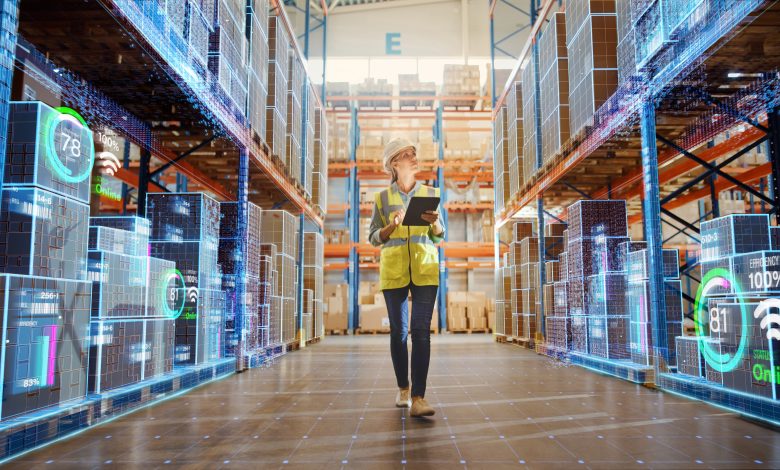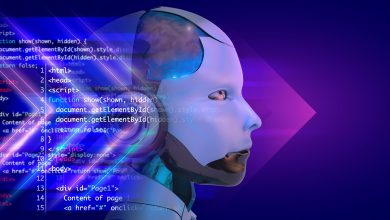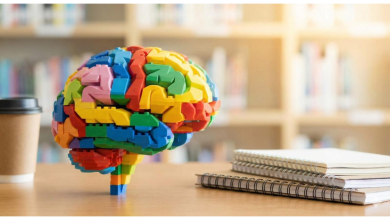
The global supply chain is a dynamic, living ecosystem. It breathes and adapts in response both to planned decisions and unexpected disruptions, manifesting as a complex web of ever-changing external variables.
From geopolitical disruptions to shifts in consumer demand, supply chains today are under relentless pressure. Managing supply chain logistics is already complicated, but it is even harder for organizations that still rely on disconnected systems, limited visibility, and outdated manual processes.
Businesses must reimagine their approach to supply chain and start thinking of it less as supply chain management and more as supply chain “orchestration.” They cannot just digitalize certain operations and call it a day; they need to infuse them with intelligence. The good news is AI is increasingly fulfilling that role, making a vital impact that enables organizations to see more clearly, respond more quickly, and act more decisively.
AI will be the single most transformative force in supply chain orchestration over the next decade.
From Orchestration to Choreography: AI as the Connective Tissue
For years, companies have focused on orchestrating their internal systems, aligning their ERP, TMS, WMS, and CRM platforms to function as a unified whole. But in today’s hyper-connected environment, this inward focus is not enough. What supply chains need now is choreography: real-time coordination across their ecosystem, impacting their entire network of partners, suppliers, customers, and technologies.
AI enables this choreography by unifying data across diverse sources, identifying anomalies, and guiding decision-making at scale. Instead of reacting to problems once they occur, AI-driven supply chain orchestration technology allows businesses to anticipate issues and make preventative adjustments in real time.
Digital Twins & Intelligent Assistants: Seeing What’s Next
One of the most exciting innovations in supply chain AI is the rise of digital twins, real-time virtual replicas of physical supply chains. These digital twins simulate processes and predict outcomes, helping organizations evaluate responses to disruptions before they occur.
By digitally twinning your company’s real-world business processes, AI can not only mirror the current state of transactions but also highlight bottlenecks, predict SLA violations, and recommend reroutes or remediations (all in real time).
Combine this with intelligent assistants powered by generative AI, and the supply chain becomes even more proactive, and a more indispensable value driver. These assistants can monitor transactions, offer recommendations, and even trigger new problem-solving workflows automatically, giving teams more time to focus on strategic priorities rather than troubleshooting.
This is not theoretical. According to McKinsey, AI-driven forecasting can reduce errors by up to 50% and slash supply chain costs by 15-30%.
AI Automation Brings Speed and Precision
Many supply chain inefficiencies stem from manual processes that are slow, error-prone, and inconsistent. Some common examples are trading partner onboarding and data transformation. AI helps streamline the information supply chain driving these processes to ultimately move goods – and payments – faster.
Take partner onboarding, for instance. Traditionally, connecting with a new supplier or retailer involves weeks of back-and-forth data validation, EDI configuration, and testing. Now, with AI-enhanced integration tools, organizations can automate much of this setup, using AI to map and normalize partner data, identify schema mismatches, and flag exceptions before they derail operations.
AI capabilities can also reshape data mapping. Instead of relying on predefined templates, generative AI models trained on thousands of previous integrations can recommend mappings, accelerating configuration and reducing deployment time.
Ultimately, automation is about speed, scale, and precision. These are all critical for companies navigating a market where onboarding agility can make or break business relationships.
AI Visibility Makes Organizations Proactive
Supply chains will always face disruptions, from droughts to port congestion, trade wars, and cyber threats. Based on a recent report of 1,000+ quarterly earnings reports (2019–2025) from mid-size Russell 2000 companies whose supply chains handle basic materials, consumer discretionary, various and sundry staples, industrials, and technology, firms on average needed 176 days for their stock price to recover after disruptions—with one company taking as long as 1,086 days. What differentiates leaders from laggards is how quickly they can anticipate them, understand their impact, and act accordingly.
That is why visibility is so critical. AI-powered platforms are helping companies gain end-to-end insights, connecting data from internal systems and external partners, and visualizing performance across every transaction.
For example, during the Mississippi River drought, many logistics providers were caught off guard. Those with integrated AI-driven systems were able to simulate alternative shipping routes and proactively engage secondary carriers. Without AI, those decisions would have come too late or not at all.
A New Level of Efficiency and Intelligence
As noted above, AI is already optimizing the supply chain. In the long term, technology will completely transform things: Eventually, self-healing supply chains will be able to detect, decide, and act with minimal human intervention. AI will do the heavy lifting on the backend, surfacing the right insights at the right time, so humans can focus on strategy, innovation, and customer relationships.
Imagine a future where AI-driven supply chain orchestration:
- Detects a supplier delay, re-routes shipments autonomously.
- Identifies an onboarding issue and preemptively corrects the data.
- Flags a likely SLA breach and suggests a mitigation plan.
- Continuously optimizes transaction flows based on partner behavior.
This is not years away. Many such capabilities are already unfolding in organizations that have made ecosystem integration and AI-driven supply chain orchestration central to their operations.
Final Thoughts: Letting AI Power the Pulse
Supply chains are not just pipelines for goods and products. They are living organisms, reacting to external stimuli, and requiring constant nourishment in the form of data, connectivity, and insight. AI is quickly becoming the new nervous system of these organisms.
Enterprises that embrace AI-driven supply chain orchestration will build more resilient, intelligent, and customer-centric operations. Those that do not will risk being left behind, suffering from fragmented, reactive, and inefficient processes.



